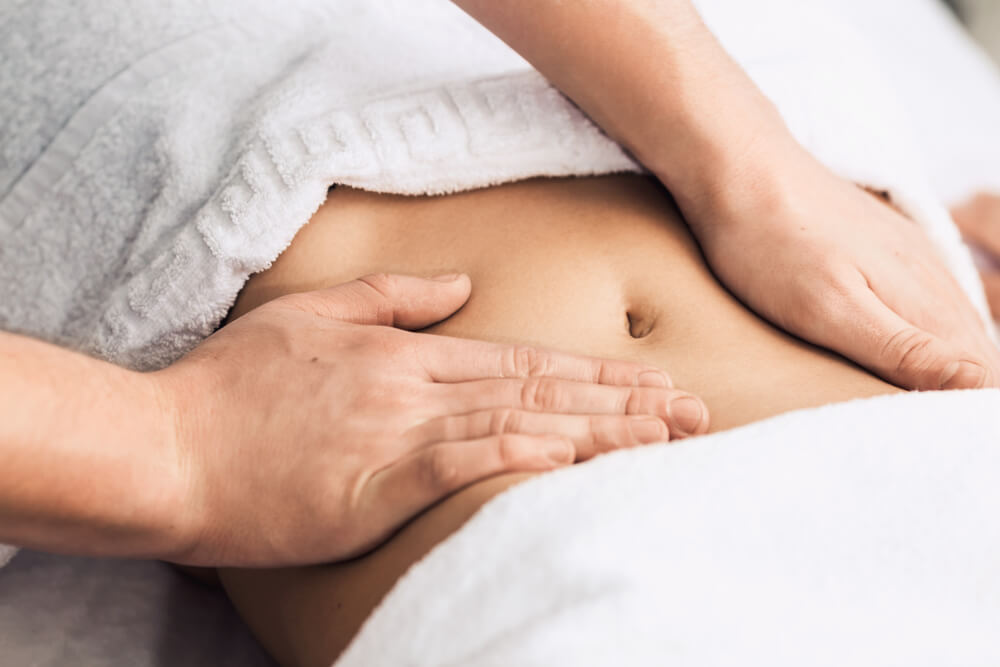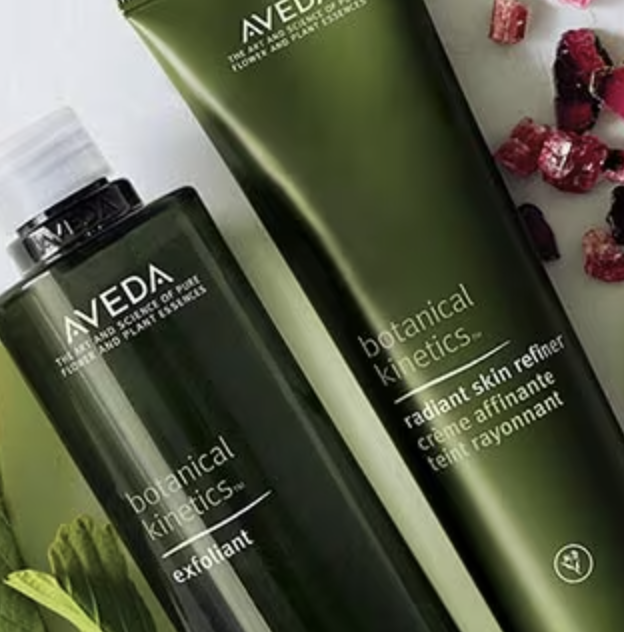
Is it Deep Tissue or Deep Pressure?
By Krista Jones, LMT
Many times when I’m inquiring at the beginning of a session with a client about their pressure preference they will tell me they want deep tissue, ‘’I like Deep Tissue. Really dig in there!’’. Many times what they’re asking for is simply Deep Pressure. There is, however, a difference between Deep Tissue and Deep Pressure therapies.
Deep pressure, as it states, is a more stronger force of pressure applied by the therapist. Everyone’s personal tolerance of deep pressure is unique to the individual. What one person might find as a firm and deep pressure might be too much for another person’s tolerance of what they consider firm/deep pressure. Communication is key here between the therapist and the client to find what that right pressure gauge is for them.
Deep Tissue has a more focused intention of working to engage the muscles more fully working layer by layer through the fascia to create space in the tissues and to help bring blood flow back to ‘knotted’ areas. Often time less lotion/oil is used in Deep Tissue therapy to help get better muscle/fascia engagement. Deep Tissue does not always mean Deep Pressure. Deep Pressure is not always necessary, nor tolerable by certain clients while providing Deep Tissue techniques.
Fascia is the wrapping/binding that interconnects muscles tissues, bones and viscera. A good example of fascia is to peel an orange. All the white fibers that bind the peel to the orange slices and through the orange slices is a great visual example of how fascia in the body works. How I best describe fascia to my clients is to think about the muscles and fascia like Silly Putty. When you first get the putty out of the container it is stiff and hard to work with, the more you knead and work the putty the warmer and more pliable it becomes. This is the goal of Deep Tissue therapy. To free the knotted and stiff area’s of muscles and fascia for a more open and spacious feeling in the body.
Knots are called adhesions. These are areas within the muscle bellies that have become bound, tight, ischemic (restricted blood flow), and many times painful. When the pain from these knotted area’s begins to refer to other areas in the body they then become known as Trigger Points.
There are many forms of Deep Tissue therapies used in sessions. Some of these become areas of focused learning and expertise by some massage therapists. A few examples of Deep Tissue modalities:
Myofascial release: A form of massage that often uses little to no lotion/oil. This modality focuses on being fully engaged in the fascial system and allowing sustained engagement to slowly ‘melt’ (remember the silly puddy example) the fascial pathways. This modality does not need to be a deep pressure though many times the full muscle engagement can have the feel of a deep pressure at times, but again communication is key here. This modality can be just as effective with lighter pressure as well.
Trigger point therapy: This therapy focuses exclusively on the knotted area’s. Sustained pressure and frictioning movement is used to help free the bound tissue and help restore some oxygenated blood back to this area. Trigger point therapy as well can also be just as effective without needing deep pressure.
Cupping: This modality uses suction pressure to help pull the fascia out of its stiff and tight state. It also helps pull old/stagnant blood from the bound tissues to the surface of the body to help flush and renew the tissues with more fresh oxygenated blood flow which allows for tissue repair. The markings left behind in cupping are not bruising but rather called Sha, stagnated blood.
There are many more Deep Tissue modalities utilized by massage therapists but these are 3 common modalities many people might experience.
All forms of massage are beneficial in the overall well being of a client. Each client is as unique as each massage therapist out there. All approach their modalities of choice in various ways but the heart of our work is to help you feel your best self and assist in bringing your body back to its natural state of well being, Homeostasis.
We look forward to seeing you at your next session here in our spa at KLorraine. What a better way to support you in your overall health than to decompress from the day to day stresses with a massage session tailored uniquely for you!
Sorry, the comment form is closed at this time.







Vicky
This was very informative. Can’t wait to get a massage .